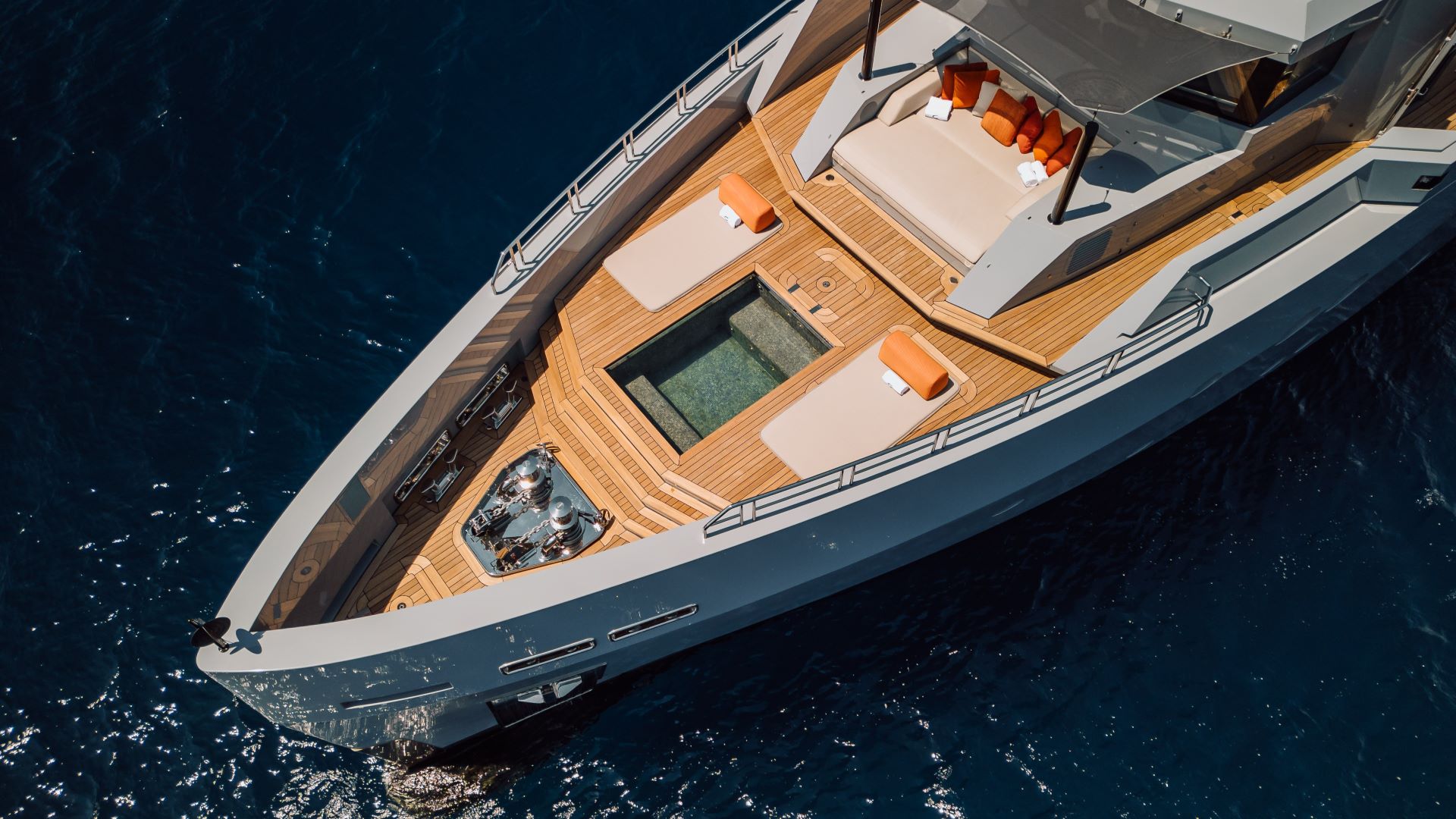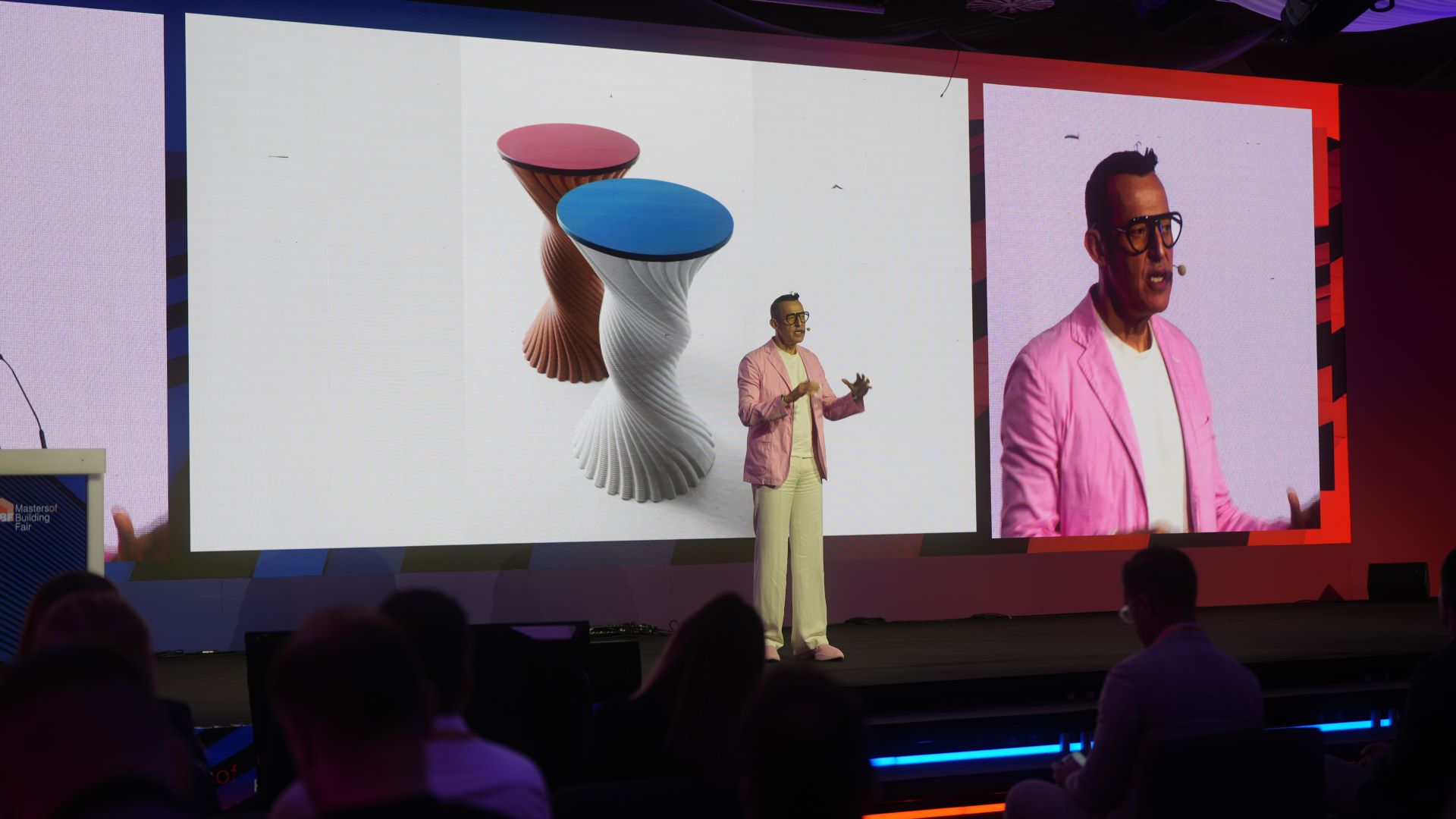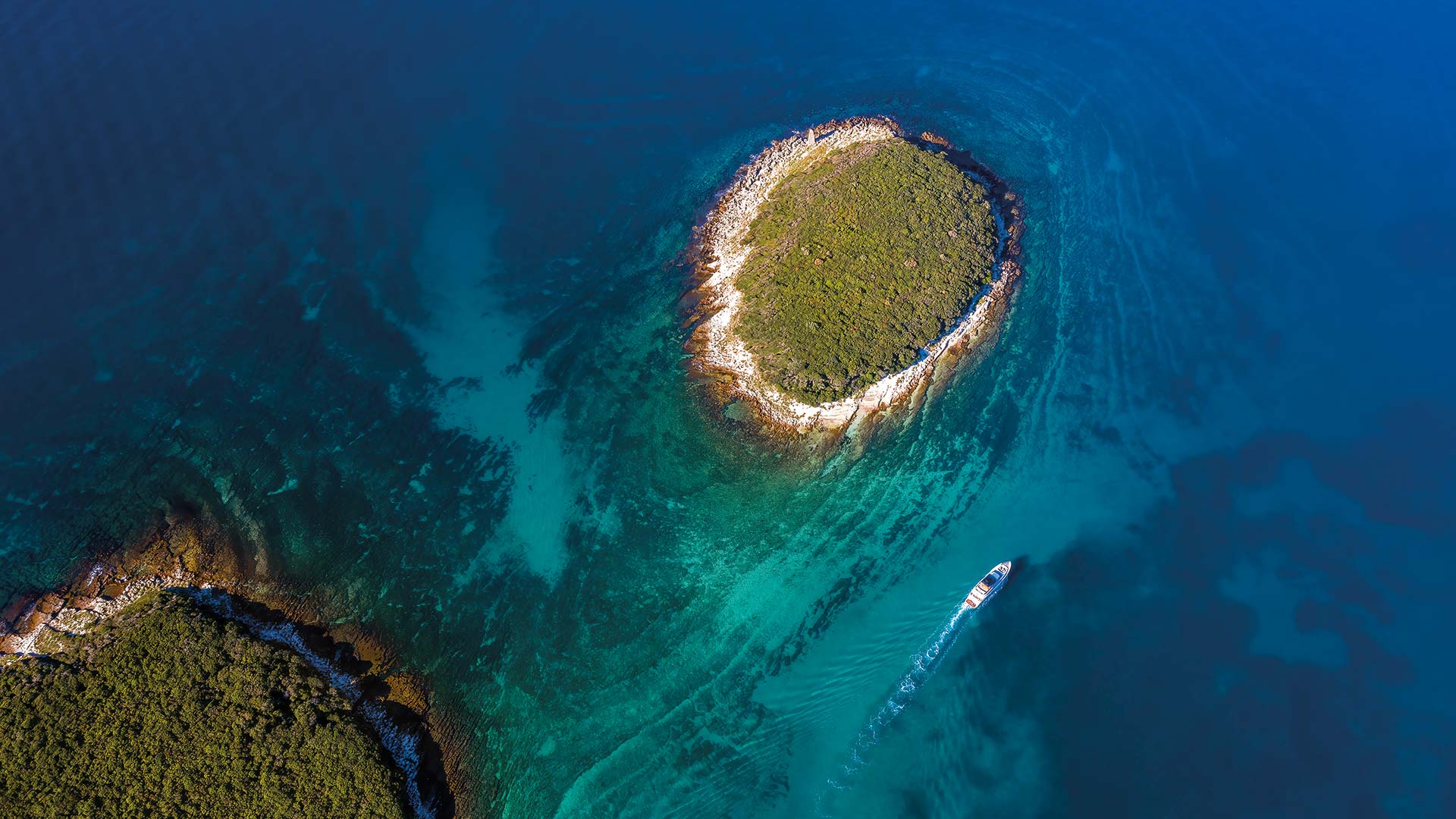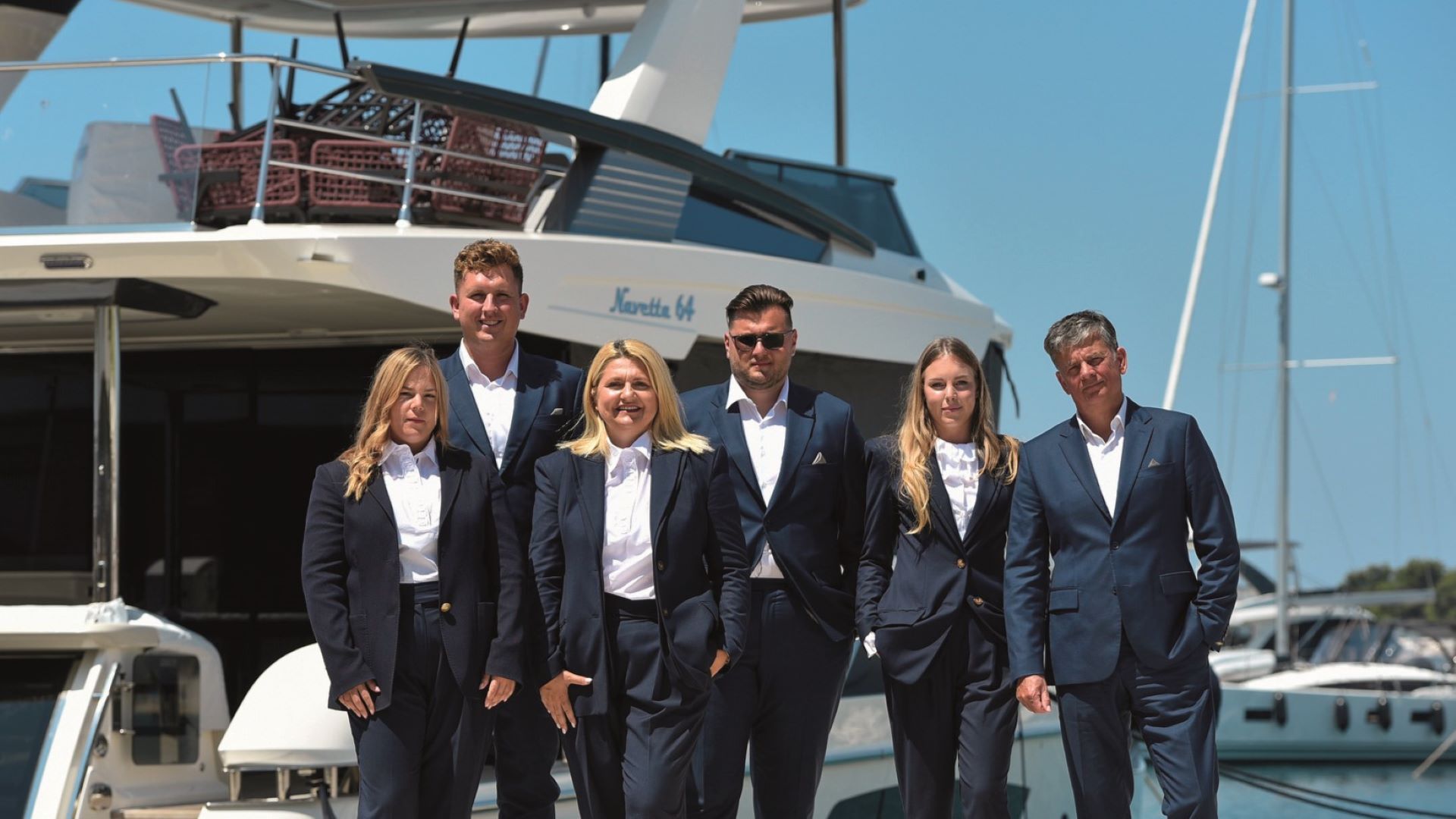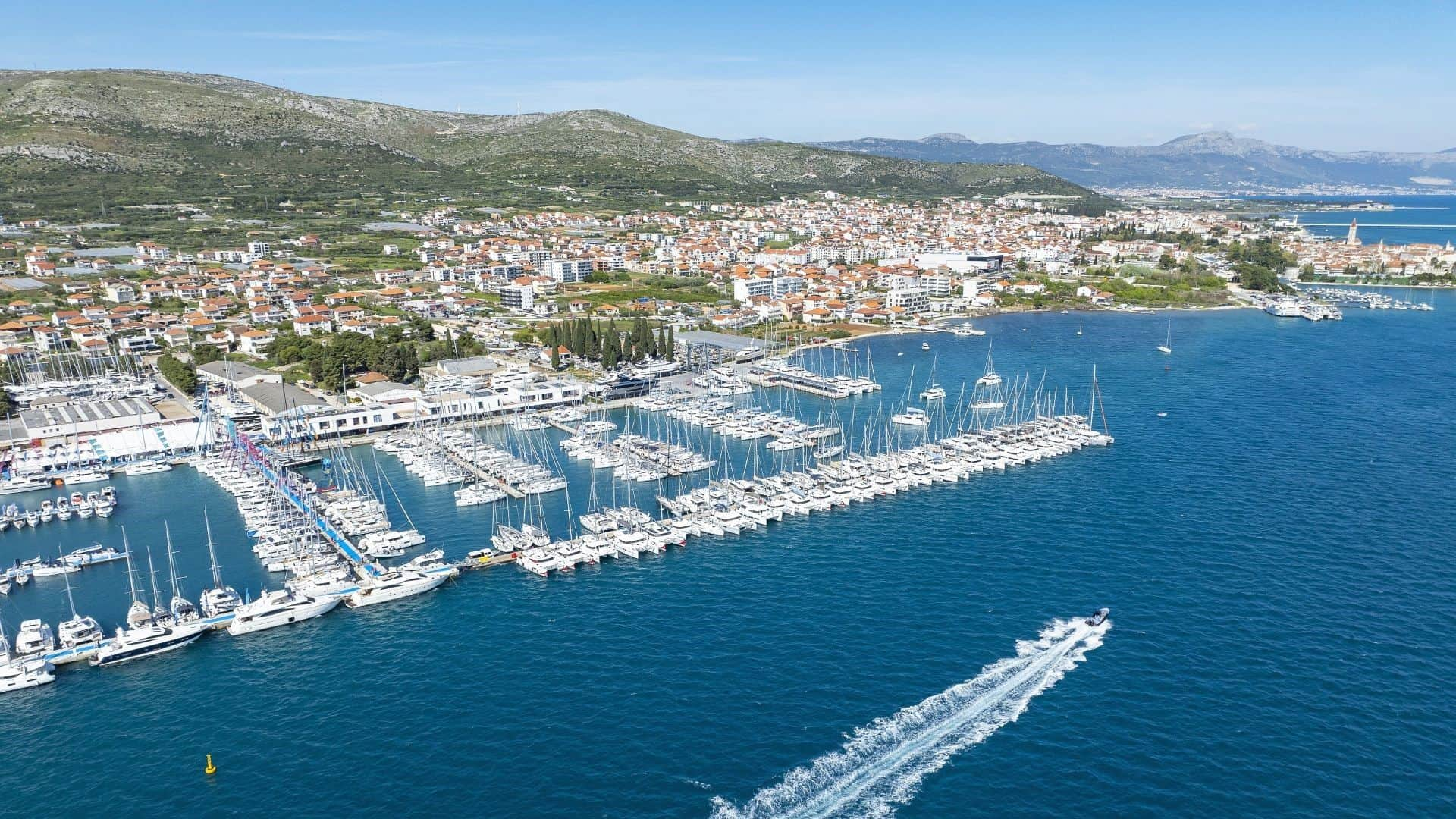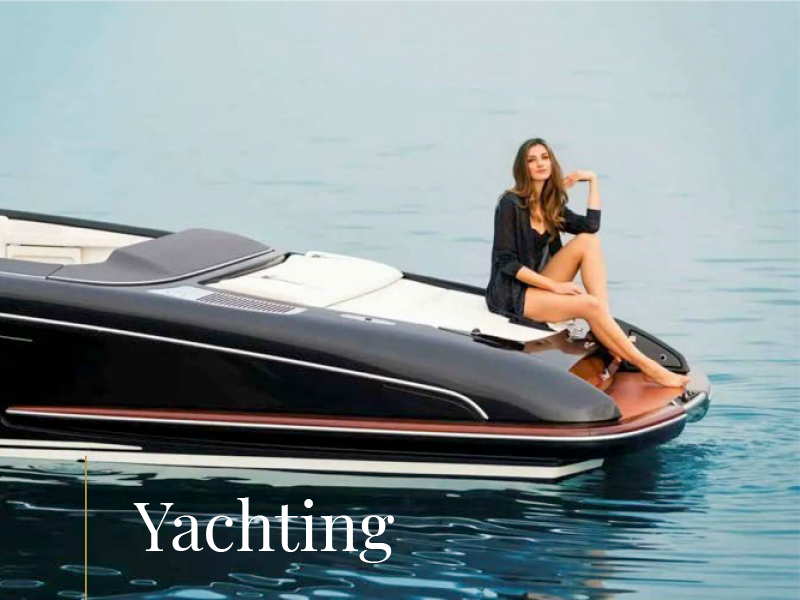CEO of BWA Yachting is among the Adriatic yachting pioneers
The history of BWA Yachting Croatia is inextricably linked with the development of yachting in Croatia, from gaining independence to present day. The hero in this story is co-owner and director of the company, Mr. Dorijan Dujmić, who alongside his father, was among the first importers, through their company Marea – in a country still plagued by the war. Today, BWA Yachting Croatia is celebrating twentieth birthday, so we sat down with Mr. Dujmić to congratulate him and see what the future will bring.
YOU ARE CELEBRATING A BEAUTIFUL ANNIVERSARY TODAY.
This year, the company is celebrating twenty years of presence, yes; we were founded in 2004. But maybe it would be better to start this story earlier, from the foundation of our family business, because we founded Marea all the way back in 1992. My father then raised the business to a new level; he is a master mariner, and through some contacts abroad he came up with the idea of megayacht management in Croatia, even though the country was still at war back then. In the summer of 1994, we got our first client, in Istria, it was the 50-meter long yacht Il Cignio. My father founded our company led it until 2004, when we joined an international association that was first called A1JLT, and later changed its name to BWA (Blue Water Alliance) Yachting, based in London.
YOUR FATHER FOUNDED THE COMPANY, AND YOU GREW IT.
My father ran the company until 2009, and then he served three terms as mayor of Opatija. Today he is 73 years old. Croatia was the first country to join the new grouping, followed by Montenegro and Turkey that the same year, and others joined later. Today we have twenty full-time employees here in Croatia, as well as another ten seasonal employees. In the beginning, we had offices in Rovinj, Opatija, Split and Dubrovnik, and today we also have offices in Cavtat and Šibenik. We also have our own cruising supply company, founded in 2020 and with headquarters in Zadar, with a large warehouse that does high volume work. In 2014 we founded our sister company, SOS Yachting, which helps clients with taxes. The parent company BWA Yachting is today the largest yachting agent in the world, with about 100 offices and about 400 employees in 26 countries. We manage 1,800 yachts annually, and we have a fleet with more than 3,000. BWA Yachting also owns a destination tourer Berkeley Rand, and we are proud to be partners of the America’s Cup and the Sail GP tour, through our Superyacht program.
YOU SAY ALL THIS CASUALLY, BUT HOW HARD WAS IT TO BREAK THE ICE?
Beginnings are hard and so was ours, because we had to come up with every solution ourselves; we had all kinds of situations, but nowadays yachting in Croatia is well established, even though the road was quite long and tiring. For example, the legal regulations for crews have changed, as did customs regulations – in the early days, yachts were regulated by the same laws as other types of vessels. But since yachts can, say, carry 12 guests regardless of length, or according to the new regulation 36 guests, today we have new laws and new definitions, treating yachts as a dedicated category. The infrastructure also changed, and for the better, because there used to be few moorings, or no moorings at all, there was no water or electricity available for yachts in passing… in some locations, that is still the case. It’s been a thorny road, but that’s just how it is. I think we have done well four ourselves, and in twenty years BWA Yachting will still be doing do well in Croatia, even after I am gone.
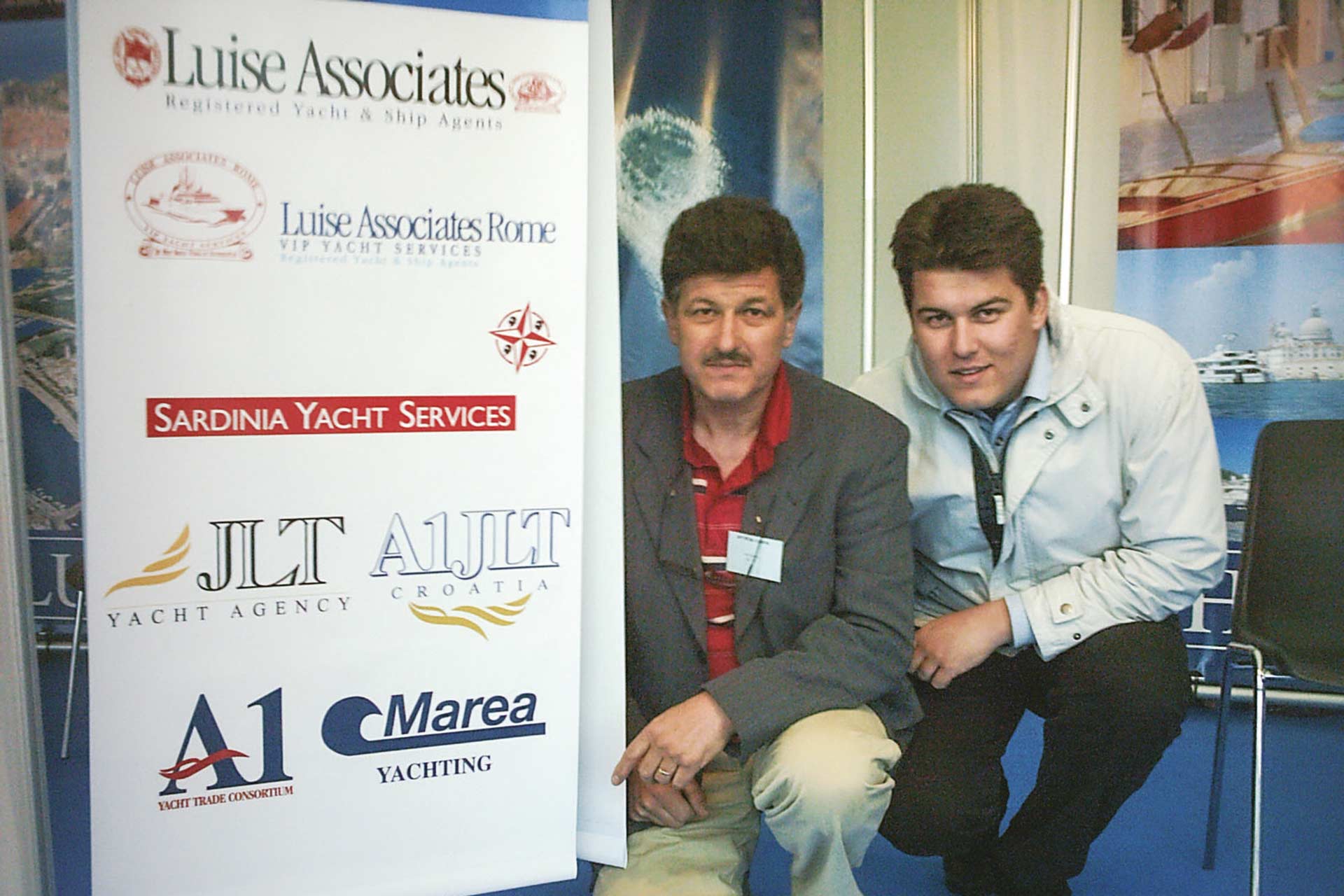
IS THERE A DIFFERENCE BETWEEN CROATIAN AND INTERNATIONAL YACHT MANAGEMENT COMPANIES?
Sure, primarily due to the seasonal nature of our industry. We work for four months and they work year-round. We push ourselves to exhaustion all summer, and in the winter we only get a few yachts because there are no great off-season sailing opportunities in Croatia. This is where the port of Rijeka comes in, which in recent years has been gaining attention from the yachting industry. The documentation for those plans are still pending, for now we can only use Porto Baros, which is a smaller part of the port, with the accommodation of smaller yachts. Since the trends dictate things getting bigger and bigger, Rijeka will not be an international yachting destination until all of it is available for megayachts. But then it just might become one of the most impressive marinas in the Mediterranean.
WHAT DO YOU WANT TO SEE THERE?
As someone who lives in Rijeka, I would like its marina to develop like the marinas on the Cote d’Azur, to have facilities for the locals and walk-ins, too; for the marina to simply raise the value of the entire city and the region as its heart, like the Port Vell marina did for Barcelona. I think that all our coastal cities have such potential, which isn’t easy to use, but it can be done. The first thing we need is a strategy at the state level, that would surely attract foreign investors.
WHAT DO YOU THINK THE NAUTICAL SECTOR NEEDS?
There should be more education opportunities for casual skippers, the type that most often charter in Croatia. For example, if a smaller vessel leaves trash on the beach or drops a tank in the bay, the rules say larger yachts must leave the location as well, that should be made clear to all skippers. Punishment is not the solution, but education is needed. For now, we are lucky enough to have an indented coast, and it’s good to have all sorts of vessels cruising along it, but crews need to learn good maritime behavior, because now even safety at sea is sometimes threatened. Otherwise, Croatia is a safe destination, clients have no problems with crime, which is the most important thing for our guests, and it should stay that way.
HOW DO LARGE YACHTS FARE IN THE ADRIATIC?
We depend a lot on Venice, because in the spring there are more yachts in the northern than in the southern Adriatic, they all flock to the Biennale. A large number of large yachts visit Venice, and they all cruise downstream, to visit Istria and Brijuni, to dip their toes into Kvarner, visit Lošinj, Kornati and Split. They mostly stick to the route from Kornati through Split to Dubrovnik. We are lucky that our coast is so indented and long. Ages ago we developed guides for about thirty of the most popular Adriatic destinations, which are an excellent reference point for our clients.
CAN YOU SINGLE OUT SOME YACHTS YOU HAVE MANAGED?
We’ve been managing about two hundred yachts every year for the past twenty years, and it is difficult to single out a special one, but I remember that in 2005 Queen K was the largest yacht in the port of Rijeka, Talitha G also visited the port of Rijeka. We managed Roman Abramović’s yachts Eclipse and Pelorus and got into all sorts of situations with them. Once we had to pay about a hundred thousand euros just to find an anchor for Pelorus in the waters of Rabac…
Text Darko Šupuk
Photos Damil Kalogjera & Archives
Video BWA Yachting


